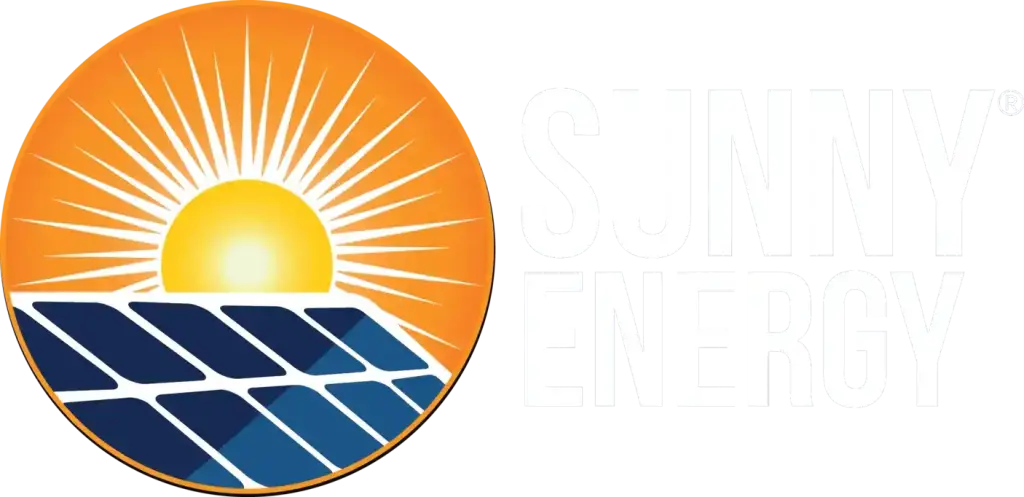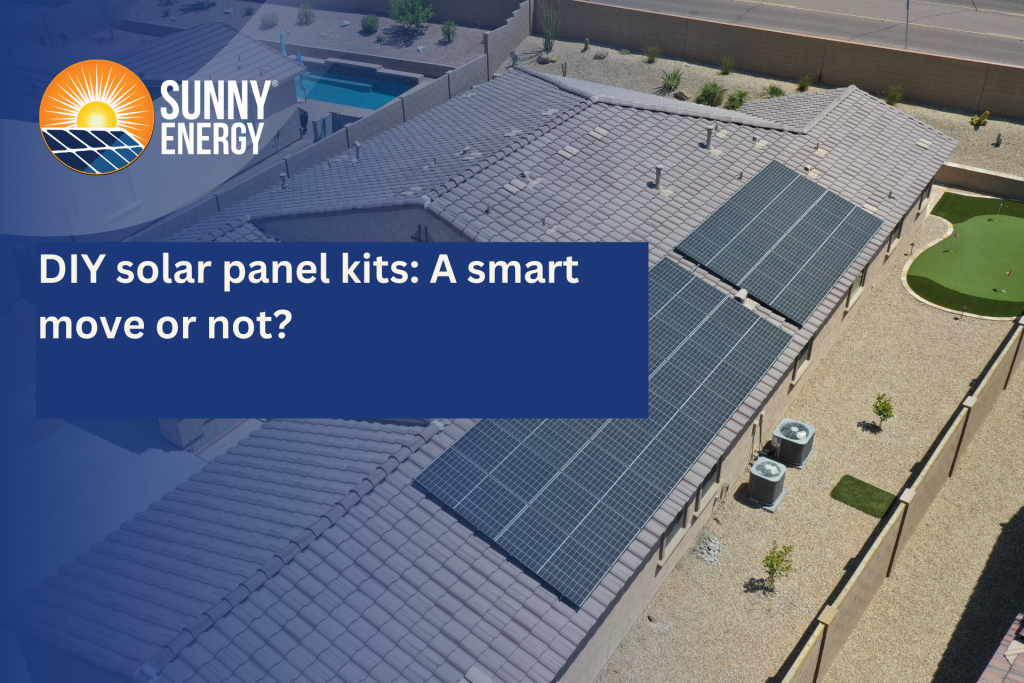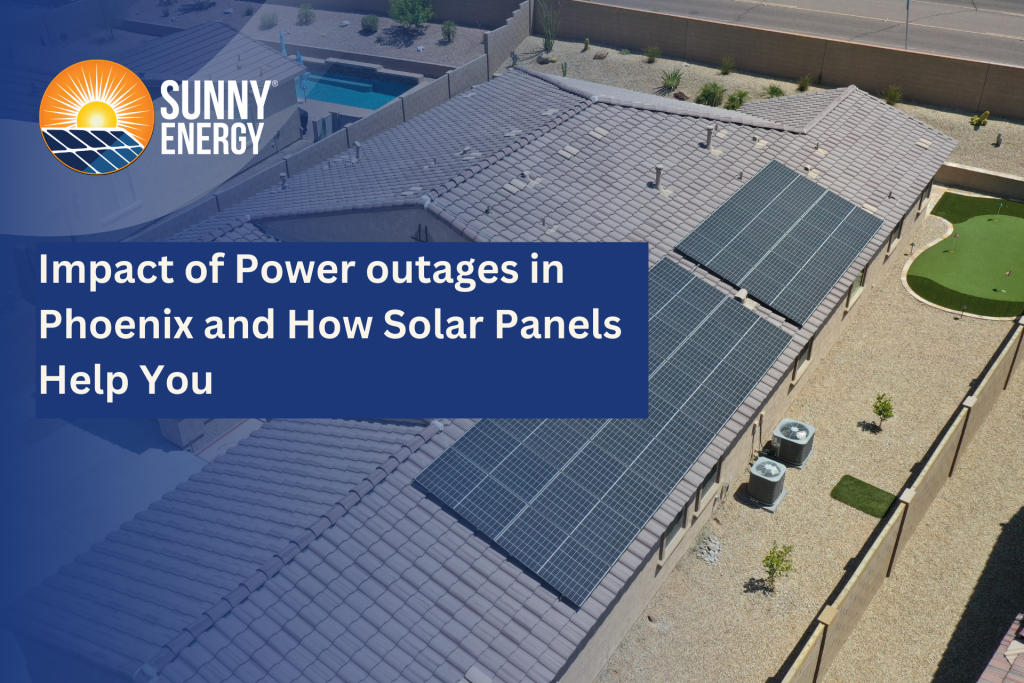The development of Solar farms today marks a very significant aspect of the changing trajectory in power generation from one energy source to another. This process is changing how electricity generation will take place across the world in future and it is therefore wise that we all understand the basics about Solar farms including what they actually are as well as the different kinds which exist and how they operate in practice. Solar energy is presently regarded as an energy source that shows potential for coming up with an alternative through being clean or sustainable unlike other fossil fuels that are common today.
What is a solar farm?
A solar farm, also known as a solar park or solar field, is a large-scale installation of solar panels used to generate electricity. These farms can range from a few acres to hundreds of acres in size, and their primary purpose is to harvest sunlight and convert it into electricity through photovoltaic (PV) cells.
Types of solar farms
Utility-scale solar panel farm are large installations that generate electricity for the grid and are typically owned by utility companies or independent power producers. Community solar panel farm, on the other hand, are smaller-scale installations that are shared by multiple community members and allow individuals and businesses to benefit from solar energy without installing solar panels on their own property. Both types of solar farms play an important role in expanding access to clean, renewable energy and reducing reliance on fossil fuels.
1. Utility-scale solar farms:
Utility-scale solar panels on farmland are large solar installations that are designed to generate electricity for the grid. These solar farms are typically owned and operated by utility companies or independent power producers. Utility-scale solar panels on farmland can range in size from several megawatts to hundreds of megawatts in capacity. These solar farms are often located in remote areas with ample sunlight to maximize their energy production potential. The electricity generated by utility-scale solar panels on farmland is fed into the electrical grid and distributed to homes, businesses, and industries in the area.
2. Community solar farms:
Community solar panel farm, also known as solar gardens or shared solar, are smaller-scale solar installations that are shared by multiple community members. These solar panel farms allow individuals or businesses to benefit from solar energy without having to install solar panels on their own property. Participants in community solar programs typically receive credits on their electricity bills for the energy produced by the solar farm, reducing their electricity costs. Community solar farms are often located in or near communities to make it easy for participants to access the benefits of solar energy.

How does a solar farm work?
A solar farm works by harnessing the sun’s energy using solar panels, converting that energy into electricity through PV cells, and then converting it into AC electricity through inverters. The electricity generated can be used immediately or stored in batteries for later use, providing a clean and renewable source of energy.
1. Solar panels and photovoltaic cells:
Solar panels, also known as solar modules, are made up of photovoltaic (PV) cells. These cells are typically made of silicon and are the core components responsible for converting sunlight into electricity. When sunlight hits the PV cells, it excites the electrons in the silicon, creating an electric current. This phenomenon is known as the photovoltaic effect.
2. Conversion of sunlight into DC electricity:
The electric current generated by the PV cells is direct current (DC) electricity, which is the same type of electricity produced by batteries. Each solar panel produces a relatively small amount of electricity. To generate enough electricity for practical use, multiple solar panels are connected in series and parallel to form a solar array.
3. Inverters:
The DC electricity produced by the solar panels is not directly usable by most appliances and the electricity grid, which operate on alternating current (AC). Inverters are used to convert the DC electricity from the solar panels into AC electricity. This process is necessary to make the electricity compatible with the grid and usable by homes, businesses, and industries.
4. Grid connection:
Once the DC electricity is converted into AC electricity, it is fed into the electrical grid through a connection point. The electricity generated by the solar farm can be used locally or fed into the larger grid to be distributed to homes and businesses in the area.
5. Battery storage:
Some solar farms incorporate battery storage systems to store excess electricity generated during the day for use during times when the sun is not shining, such as at night or during cloudy weather. Batteries allow solar farms to provide a more stable and reliable source of electricity, as they can store energy when it is abundant and release it when needed.
6. Monitoring and control systems:
Solar farms are equipped with monitoring and control systems that track the performance of the solar panels, inverters, and other components. These systems help optimize the performance of the solar farm and ensure that it is operating efficiently.
Benefits of solar farms
Solar farms offer a range of benefits, including providing clean and renewable energy, reducing operating costs, creating jobs, offering scalability, and improving energy security. As technology continues to advance and costs continue to decrease, solar farms will play an increasingly important role in our transition to a more sustainable energy future. Here are some benefits of solar farms:
1. Clean and renewable energy source:
Solar energy is a clean and renewable energy source, meaning it does not produce harmful greenhouse gas emissions that contribute to climate change. By harnessing the power of the sun, solar farms help reduce our reliance on fossil fuels, such as coal, oil, and natural gas, which are finite resources and produce harmful emissions when burned.
2. Low operating costs:
Once a solar farm is installed, the operating costs are relatively low compared to traditional power plants. Sunlight, the fuel for solar energy, is free and abundant, reducing the need for costly fuel purchases and transportation.
3. Job creation:
The development, construction, and maintenance of solar farms create jobs in the solar energy industry. These jobs range from manufacturing solar panels and inverters to installing and maintaining solar farms, stimulating economic growth and providing employment opportunities.
4. Scalability:
Solar farms can be built to match energy demand, allowing for scalability and flexibility in energy production. Additional solar panels can be easily added to existing solar farms to increase capacity as needed, making solar energy a highly adaptable energy source.
5. Remote power generation:
Solar farms can be built in remote areas, reducing the need for long-distance transmission lines to deliver electricity to urban areas. By generating electricity closer to where it is needed, solar farms improve energy security and reduce the risk of power outages due to transmission line failures.
Disadvantages of solar farms
While solar farms offer many benefits, including clean and renewable energy generation, they also have several disadvantages that need to be considered. Addressing these disadvantages through continued technological advancements, improved planning and siting practices, and effective mitigation measures can help maximize the benefits of solar farms while minimizing their negative impacts. Here are some disadvantages:
1. High initial costs:
One of the primary disadvantages of solar farms is the high initial cost of building them. The cost of solar panels and other components has been decreasing in recent years, but the upfront investment required to purchase and install these components can still be significant.
2. Intermittency:
Solar energy is dependent on sunlight, so solar farms do not produce electricity at night or during cloudy weather. This intermittency can be a challenge for grid operators, as they need to balance electricity supply and demand to ensure grid stability. Battery storage systems can help mitigate this issue by storing excess electricity generated during sunny periods for use during periods of low sunlight.
3. Land use:
Solar farms require large areas of land to accommodate the large number of solar panels needed to generate electricity. In areas with limited available land or competing land uses, such as agricultural land or natural habitats, the use of land for solar farms can be a concern. Proper siting and land use planning can help minimize the impact of solar farms on valuable land resources.
4. Impact on wildlife:
Solar farms can impact local wildlife habitats and ecosystems, particularly if they are not properly sited and managed. The installation of solar panels can disrupt natural habitats and wildlife corridors, potentially leading to habitat loss and fragmentation. However, proper siting, mitigation measures (such as wildlife-friendly fencing), and ongoing monitoring can help minimize these impacts and ensure that solar farms coexist harmoniously with local wildlife.
Conclusion
When it comes to shifting towards a more sustainable power future, the critical role played by the upcoming solar farms cannot be overlooked. Despite the several stumbling blocks they face, these are super essential in climate change struggles since they lead to production of uncontaminated power alongside creating job opportunities and expandability. With advancement of technology and falling prices, this trend will probably have higher significance within our overall energy sector in future.





